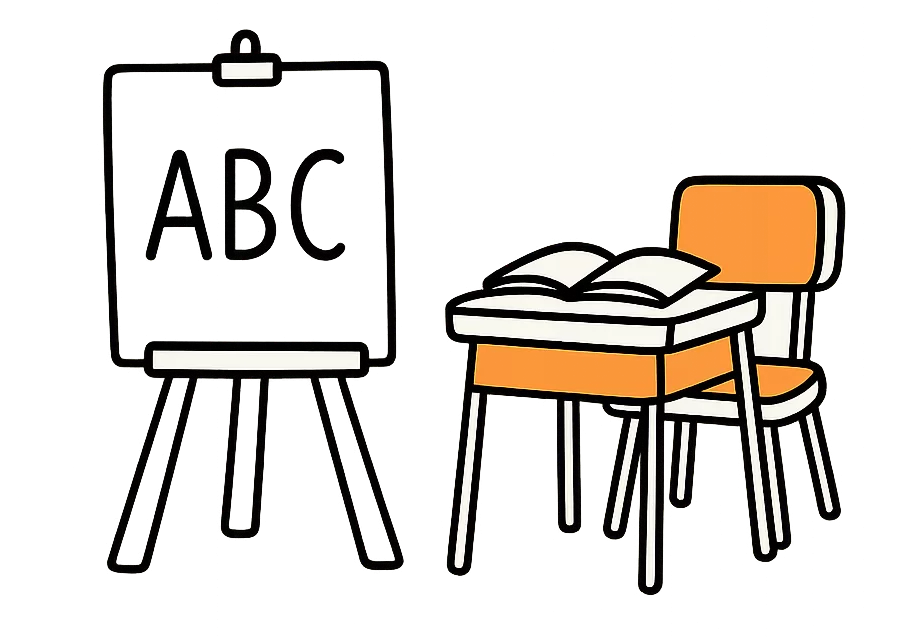
Leadership, especially in schools, is rarely toxic by intent. Most of us step into roles of responsibility with a deep sense of moral purpose — to improve the lives of young people, to shape culture, to build something better. Yet in the noise and haste of modern school life, even experienced leaders can fall into patterns that, over time, corrode trust, hinder initiative, and sap morale.
This article offers not a diagnosis but a mirror. It’s grounded in the school environment — where I have spent my career — but the signs explored here are not unique to education. They are recognisable across many professional domains and can be adapted by leaders in any setting seeking to build trust and lead with clarity and intent.
(more…)


